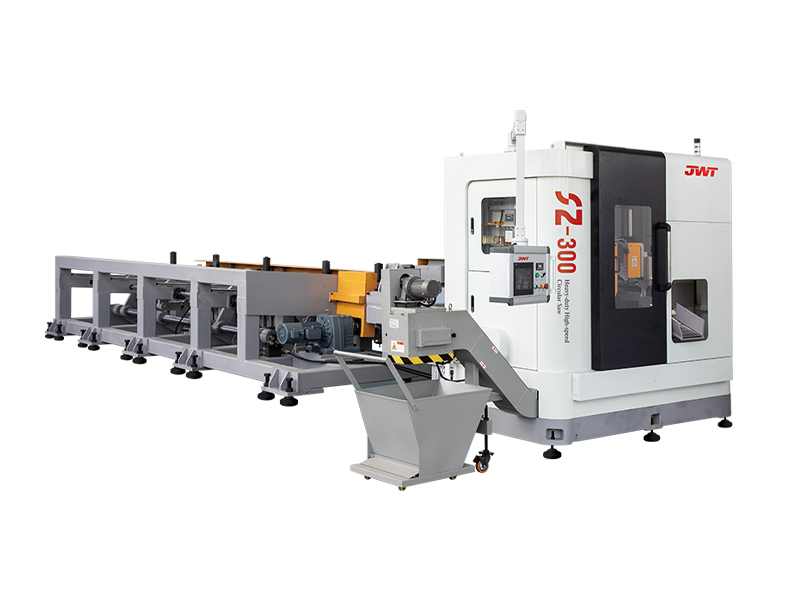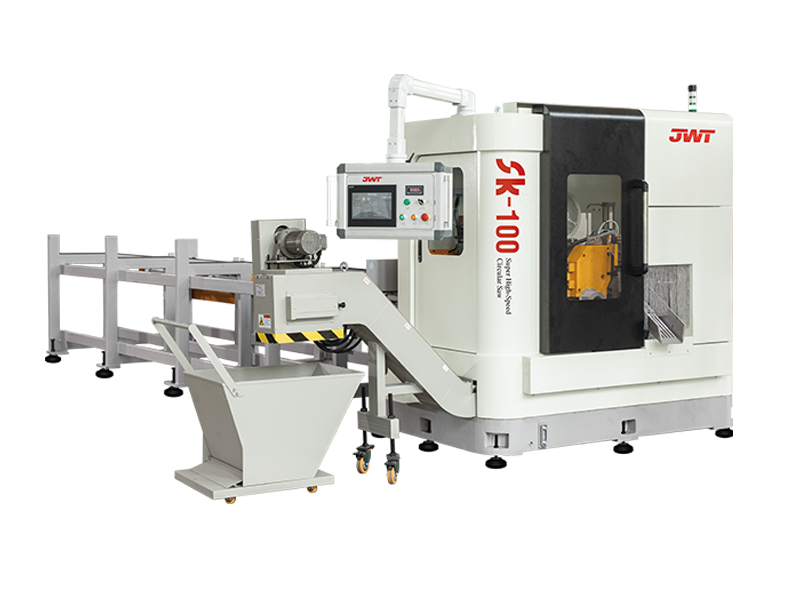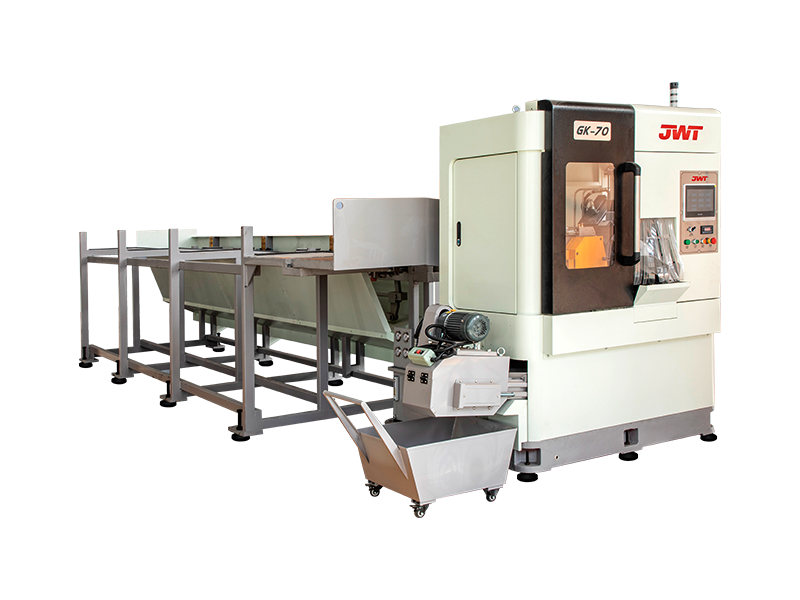How Circular Saw Machines Revolutionized the Construction and Woodworking Industries
A Brief History of Circular Saws
The concept of the circular saw machine can be traced back to the early 19th century, though the first recorded patent was granted in 1813 to a man named Samuel Miller. Miller's invention, which used a rotating disc to cut wood, was a significant leap forward from the traditional hand saws used before then.
The industrial revolution played a crucial role in the development of the circular saw machine, as the need for faster production and mass manufacturing grew. The introduction of powered circular saws in the late 19th century revolutionized woodworking factories, allowing them to produce large quantities of furniture and other wood products quickly and efficiently.
Key Advantages of Circular Saw Machines
Circular saw machines offer several advantages over traditional hand saws, making them indispensable tools in modern construction and woodworking. These advantages include:
Increased Speed: The circular saw machine's ability to cut through materials at high speeds allows workers to complete jobs faster, which is essential in industries where time is money.
Precision: Circular saws provide more consistent and accurate cuts compared to hand tools. The ability to adjust the cutting depth and angle adds to the precision, making the tool essential for intricate projects.

Versatility: Circular saws can cut through a variety of materials, including wood, metal, plastic, and masonry. This versatility has made them essential in different industries, from home improvement to construction and manufacturing.
Improved Safety: With the introduction of safety features like blade guards and automatic shut-off mechanisms, circular saw machines have become safer for operators. These safety advancements have reduced accidents and injuries, especially in environments where multiple workers are using the tools simultaneously.
Portability: Unlike large table saws, handheld circular saws are compact and portable. This makes them ideal for on-site jobs in construction, where space is often limited, and flexibility is required.
The Role of Circular Saw Machines in Woodworking
In woodworking, circular saws are essential for cutting large pieces of wood into smaller, precise shapes. Early in its development, the circular saw was used primarily in factories for mass production. Today, it is a staple tool in both professional woodworking shops and home workshops.
One of the major advantages in woodworking is the ability to make crosscuts, rip cuts, and bevel cuts with ease. Handheld circular saws can make long, straight cuts in plywood or MDF, and larger saws can make angled cuts for framing. Table saws, which are fixed machines, are also an integral part of woodworking shops, where they are used for repetitive tasks like ripping boards to a specific width.
Impact on the Construction Industry
Circular saw machines have had an even more dramatic impact on the construction industry, where they are used to cut through materials such as drywall, cement board, and even concrete with specialized blades. Before the circular saw, construction workers relied on manual labor and hand tools to accomplish these tasks, which was not only slow but also physically demanding.
In today's fast-paced construction environment, the circular saw's ability to cut through a wide range of materials quickly and accurately has become crucial for meeting deadlines and staying on budget. Furthermore, with specialized blades designed for specific materials, circular saws are highly versatile tools that can perform different tasks without the need for multiple machines.



 中文简体
中文简体 русский
русский







